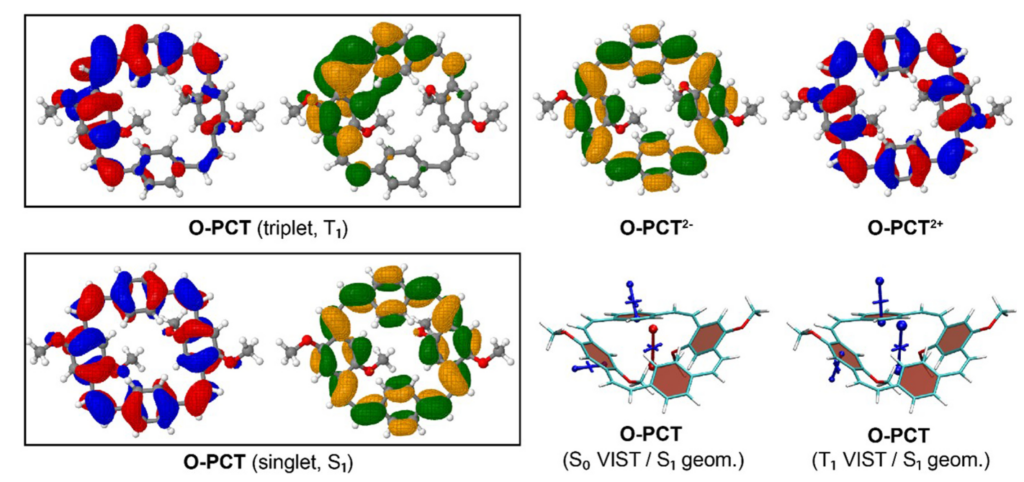Molecules interacting with light undergo fascinating photodynamical processes inducing chemical reactions, transferring energy, or converting electronic energy into heat. These processes can be elucidated computationally via photodynamics simulations. However, these can be computationally highly demanding making the simulation of many interesting processes unfeasible.
A possible route to overcome this problem and to allow for efficient dynamics simulations is by combining vibronic coupling models (describing the energies) with the surface hopping method (describing the dynamics). We have introduced this idea two years ago [PCCP, 2019, 21, 57]. A new paper in Accounts of Chemical Research summarises developments since then: Surface Hopping Dynamics on Vibronic Coupling Models Acc. Chem. Res. 2021, 52, 3760.



